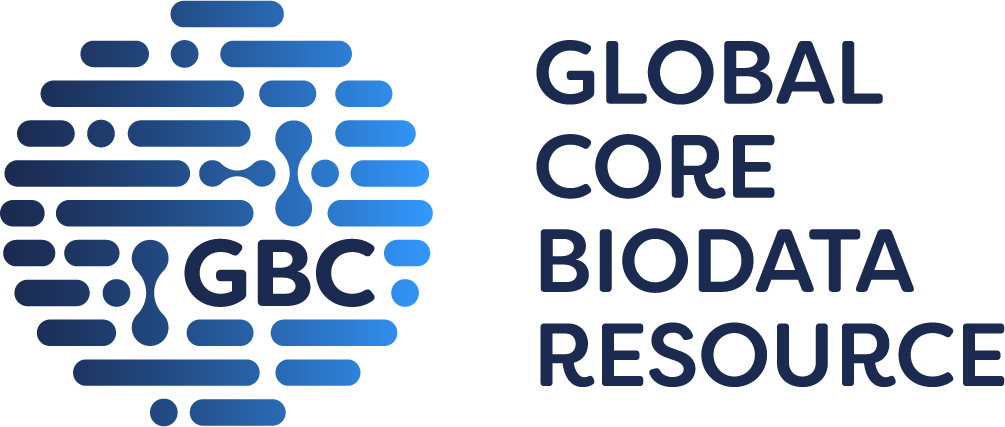
ramosetron [Ligand Id: 2301] activity data from GtoPdb and ChEMBL
Click here for a description of the charts and data table
Please tell us if you are using this feature and what you think!
| ChEMBL ligand: CHEMBL1643895 (Ramosetron) |
|---|
There should be some charts here, you may need to enable JavaScript!
|
There should be some charts here, you may need to enable JavaScript!
|
| DB | Assay description | Assay Type | Standard value | Standard parameter | Original value | Original units | Original parameter | Reference |
|---|---|---|---|---|---|---|---|---|
| 5-HT3A/Serotonin 3a (5-HT3a) receptor in Human (target type: SINGLE PROTEIN) [ChEMBL: CHEMBL1899] [GtoPdb: 373] [UniProtKB: P46098] | ||||||||
| ChEMBL | Binding affinity to human 5HT3A receptor | B | 10.22 | pKi | 0.06 | nM | Ki | Bioorg Med Chem Lett (2011) 21: 58-61 [PMID:21146988] |
| ChEMBL | Radioligand Binding Assay: The relative affinity of the various compounds for the human 5-HT3 receptor was measured in a radioligand binding assay, using a scintillation proximity assay (SPA) format. Test compounds were dissolved to 10 mM in 100% DMSO, then serially diluted at 10x assay concentrations in 100% DMSO in 96-well polypropylene plates and further diluted to 4x assay concentrations with the assay buffer. Samples were incubated in 50 mM Tris-HCl, pH 7.5, 3 mM MgCl2, 1 mM EDTA and 10% DMSO with 10 nM [9-methyl-3H]BRL-43694 (Perkin Elmer), 3 ug of human 5-HT3 receptor membranes (Perkin Elmer) and 0.5 mg/mL SPA beads (WGA PVT, Amersham Biosciences) in a final volume of 0.2 mL. Binding reactions were set up in wells of PicoPlates-96 (Perkin Elmer) by adding consecutively 50 uL of each competing compound or buffer, SPA beads, the radioligand and 5-HT3 receptor membranes. After an overnight incubation at room temperature on a Nutator mixer, plates were centrifuged for 15 min at 1,500 rpm. | B | 10.22 | pKi | 0.06 | nM | Ki | US-9045501-B2. 5-HT3 receptor modulators, methods of making, and use thereof (2015) |
| 5-HT3A in Human [GtoPdb: 379] | ||||||||
| GtoPdb | - | - | 10 | pKi | - | - | - | J Pharmacol Sci (2007) 104: 263-73 [PMID:17652911] |
ChEMBL data shown on this page come from version 35:
Zdrazil B, Felix E, Hunter F, Manners EJ, Blackshaw J, Corbett S, de Veij M, Ioannidis H, Lopez DM, Mosquera JF, Magarinos MP, Bosc N, Arcila R, Kizilören T, Gaulton A, Bento AP, Adasme MF, Monecke P, Landrum GA, Leach AR. (2024). The ChEMBL Database in 2023: a drug discovery platform spanning multiple bioactivity data types and time periods. Nucleic Acids Res., 52(D1). DOI: 10.1093/nar/gkad1004. [EPMCID:10767899] [PMID:37933841]
Davies M, Nowotka M, Papadatos G, Dedman N, Gaulton A, Atkinson F, Bellis L, Overington JP. (2015) 'ChEMBL web services: streamlining access to drug discovery data and utilities.' Nucleic Acids Res., 43(W1). DOI: 10.1093/nar/gkv352. [EPMCID:25883136]







